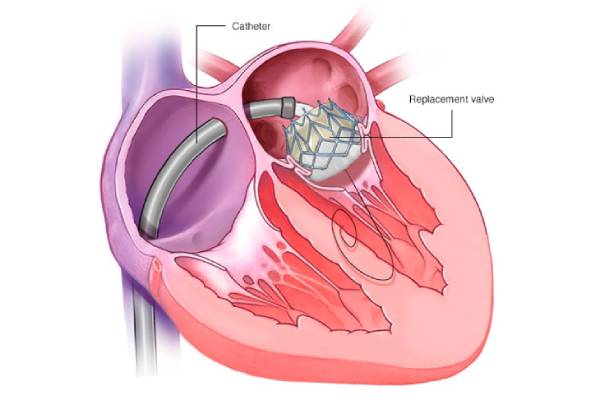Mitral valve repair and mitral valve replacement are procedures that may be performed to treat diseases of the mitral valve — the valve located between the left heart chambers (left atrium and left ventricle).
Several types of mitral valve disease exist. In mitral valve regurgitation, the flaps (leaflets) of the mitral valve don’t close tightly, causing blood to leak backward into the left atrium. This commonly occurs due to valve leaflets bulging back — a condition called mitral valve prolapse.
In another condition, called mitral valve stenosis, the leaflets become thick or stiff, and they may fuse together. This results in a narrowed valve opening and reduced blood flow through the valve.
Treatment for mitral valve disease depends on the severity of your condition. Doctors may recommend surgery to repair or replace mitral valves for some people with mitral valve disease.

Why might I need an mitral valve replacement?
The procedure may be necessary if the mitral valve is working poorly. Surgical repair of the mitral valve is often possible, but sometimes the valve needs to be replaced.
Mitral valve stenosis and mitral valve regurgitation (also known as mitral insufficiency) are two different types of problems that might need valve replacement.
What are the risks of mitral valve replacement?
Most people who have mitral valve replacement have a successful outcome, but there are certain risks. Your particular risks will vary based on your overall health, your age, and other factors.
Types of mitral valve disease
There are three types of mitral valve disease: stenosis, prolapse, and regurgitation.
What are the symptoms of mitral valve disease?
Mitral valve disease symptoms vary depending on the exact problem with your valve. It may cause no symptoms at all. When symptoms do occur, they can include:

 WhatsApp us
WhatsApp us